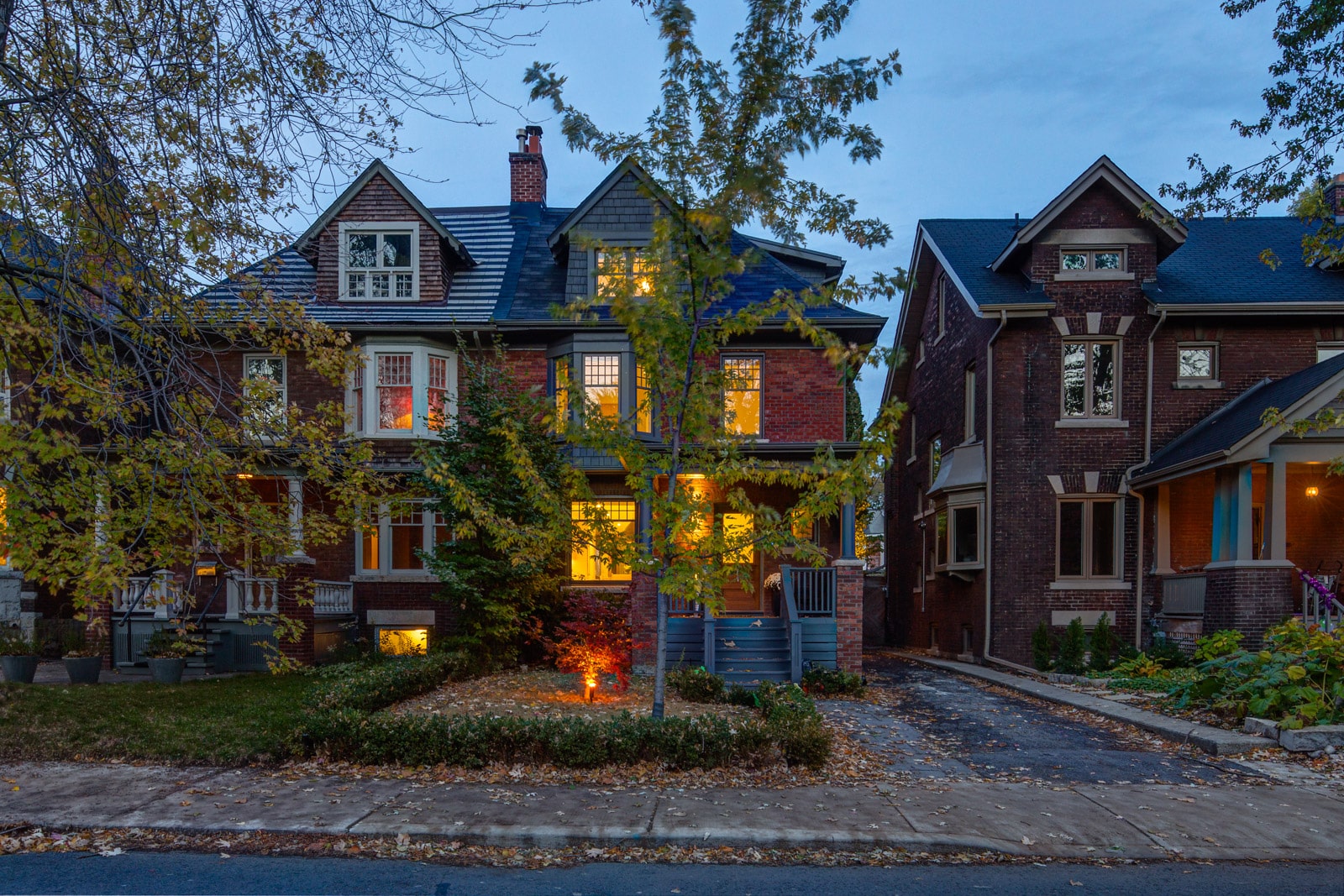Toronto is a city rich in architectural history, with neighborhoods like Cabbagetown, The Annex, Rosedale, and Queen Street West boasting beautiful historic and Victorian homes. However, updating these homes while preserving their unique charm presents distinct challenges that require specialized knowledge and care. For homeowners in Toronto, Markham, Vaughan, North York, Mississauga, and Scarborough, transforming these century-old properties into modern, functional spaces without losing their historical character can be a rewarding journey.
David Reno, an experienced home renovation company in Toronto and the GTA, offers a comprehensive approach to help homeowners renovate these iconic homes with integrity. This guide explores the essential considerations, challenges, and strategies needed to bring new life to Toronto’s beloved heritage homes while respecting their storied past.
Table of Contents
- Understanding Toronto’s Victorian Homes
- Challenges of Renovating a Victorian Home
- Planning Your Victorian Home Renovation
- Structural Assessments and Foundation Work
- Maintaining Architectural Integrity
- Updating Essential Systems Without Compromise
- Preserving Victorian Windows and Doors
- Interior Design Considerations
- Popular Neighborhoods with Victorian Homes in Toronto and the GTA
- Bringing New Life to Toronto’s Victorian Homes
1. Understanding Toronto’s Victorian Homes
Toronto’s historic homes vary in architectural style, from Victorian-era masterpieces to early 20th-century Edwardian and Georgian designs. These houses showcase remarkable craftsmanship, including intricate moldings, stained-glass windows, and brickwork that reflect the period’s elegance. However, their age means they were built with materials and techniques no longer common today, posing unique renovation challenges.
In neighborhoods like Cabbagetown (known for its Victorian cottages), The Annex (famous for Queen Anne Revival architecture), and Rosedale (with its mix of Georgian and Edwardian homes), preserving these historic characteristics is often a top priority for homeowners.
2. Challenges of Renovating a Victorian Home
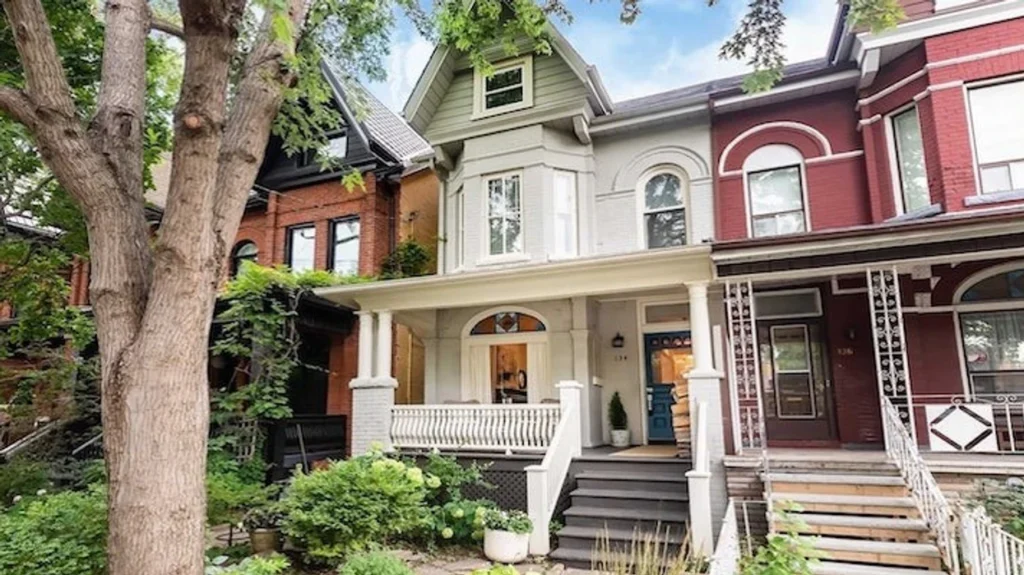
Renovating a historic home is a delicate balance between preserving original elements and updating the space to meet modern standards. Some common challenges include:
- Code Compliance: Older homes often fall short of modern building codes, especially with regard to wiring, plumbing, and insulation. Upgrades are essential but must be done carefully to avoid damaging historical features.
- Outdated Materials: Materials like plaster walls, antique hardware, and knob-and-tube wiring may need to be replaced or upgraded, yet they can be challenging to match or restore authentically.
- Hidden Issues: Historic homes often contain structural surprises such as outdated wiring, decayed wood, or weak foundations that are uncovered during renovation. Addressing these can be costly and may impact the project timeline.
- Zoning Restrictions: In many historic neighborhoods, Toronto enforces strict regulations on what modifications are allowed. Homeowners may need to seek permits or adhere to guidelines about maintaining architectural features.
3. Planning Your Victorian Home Renovation
Planning is crucial when renovating a historic property. Here are key steps to ensure a successful project:
- Research Historical Details: Understanding the architectural history of your home is essential. Consult with Toronto’s heritage preservation offices or neighborhood associations for resources, blueprints, or photographs.
- Set Priorities and Budget: Decide which features are most important to preserve. Many homeowners focus on restoring original hardwood floors, fireplaces, and woodwork, as these details add significant value.
- Hiring a Toronto Contractor Specializing in Historic Homes: Renovating a victorian home is a specialized skill. David Reno’s experience with Toronto’s vintage homes ensures that renovations are respectful of the property’s history while enhancing livability.
- Acquire Permits and Approvals: Check with the Toronto heritage committee and local zoning boards. For historically designated homes, any external or structural changes typically require a permit and adherence to local guidelines.
4. Structural Assessments and Foundation Work
Before beginning any renovation, assess the home’s structural integrity. Victorian homes may have been built with methods that are no longer considered safe, making an inspection by a structural engineer crucial.
- Foundation Repairs: Often, historic homes were constructed on stone or brick foundations that may show signs of wear. Reinforcing or underpinning these foundations can prevent future settling.
- Reinforcing Support Beams: Many older homes have timber beams that may weaken over time. Reinforcement or replacement of these beams ensures stability while preserving the home’s original structure.
Addressing structural integrity early in the project lays a stable foundation for the rest of the renovation.
5. Maintaining Architectural Integrity
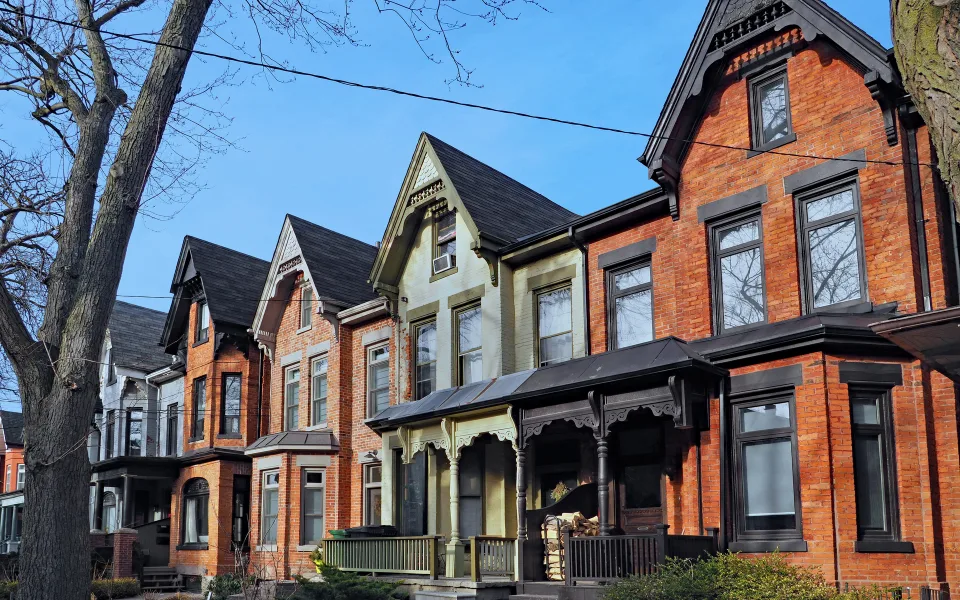
Preserving a victorian home’s architectural integrity is essential to maintaining its charm and value. Original features, such as stained-glass windows, cornices, and unique moldings, lend historic homes their distinctive character.
- Replicating Original Details: When restoring, seek out artisans skilled in traditional methods. Custom woodworkers or glass artisans can often replicate intricate details for damaged sections.
- Preservation of Moldings and Millwork: Original moldings and millwork are hallmarks of Victorian and Edwardian homes in Toronto. When these need repair, replacing them with similar high-quality materials maintains historical authenticity.
- Blending New with Old: For necessary modern additions like open-concept spaces or extensions, consider blending materials and designs that complement the original architecture without overshadowing it.
6. Updating Essential Systems Without Compromise
Upgrading electrical, plumbing, and HVAC systems is often necessary for functionality and safety, but it’s crucial to do so without disrupting the home’s original design.
- Rewiring with Care: Historic homes may have outdated knob-and-tube wiring, which should be replaced with modern electrical systems. Running new wires behind walls or under floors preserves aesthetics while ensuring safety.
- Plumbing Upgrades: Many older homes have cast-iron or lead pipes, which should be replaced with copper or PEX piping to prevent leaks or health hazards.
- Discreet HVAC Solutions: Installing modern HVAC systems without impacting the architecture can be achieved with ductless mini-split systems or high-velocity duct systems, which require minimal space and preserve historical integrity.
7. Preserving Victorian Windows and Doors
Windows and doors are defining features of victorian homes and should be preserved or restored whenever possible.
- Refurbishing Original Windows: Restoring rather than replacing windows keeps the home’s character intact. Storm windows can be added for insulation without compromising the aesthetics.
- Doors and Hardware: Refinish or repair original doors and hardware to maintain historical accuracy. If replacements are needed, seek reclaimed items or custom reproductions.
- Energy Efficiency Considerations: While historic windows may not be as energy efficient, adding weather stripping or insulated glass can help improve efficiency while maintaining the vintage look.
8. Interior Design Considerations
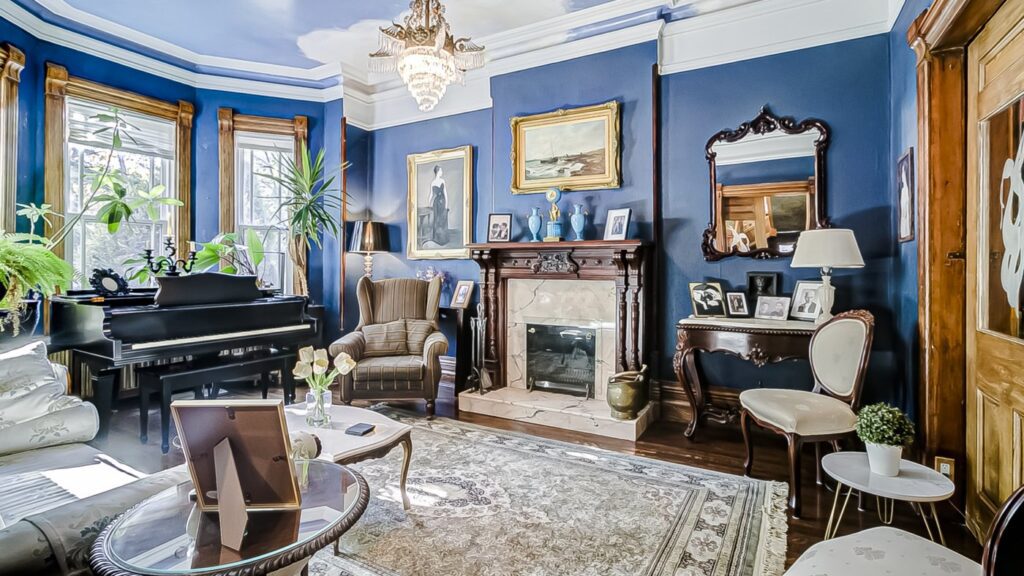
Creating a functional, aesthetically pleasing interior while honoring the original style is essential.
- Open Concept Spaces: Many older homes were built with smaller rooms. Opening up the layout can add light and space while keeping certain load-bearing walls or beams intact as design elements.
- Preserving Period-Appropriate Finishes: When refinishing walls, floors, or ceilings, use materials and colors that match the historical period. This includes using paint colors from Victorian palettes or installing hardwood floors similar to those originally used.
- Modern Amenities with Classic Style: Incorporate modern kitchen and bathroom amenities while maintaining a classic look. Consider farmhouse sinks, shaker cabinets, and vintage-inspired tiles to blend old with new seamlessly.
9. Popular Neighborhoods with Victorian Homes in Toronto and the GTA
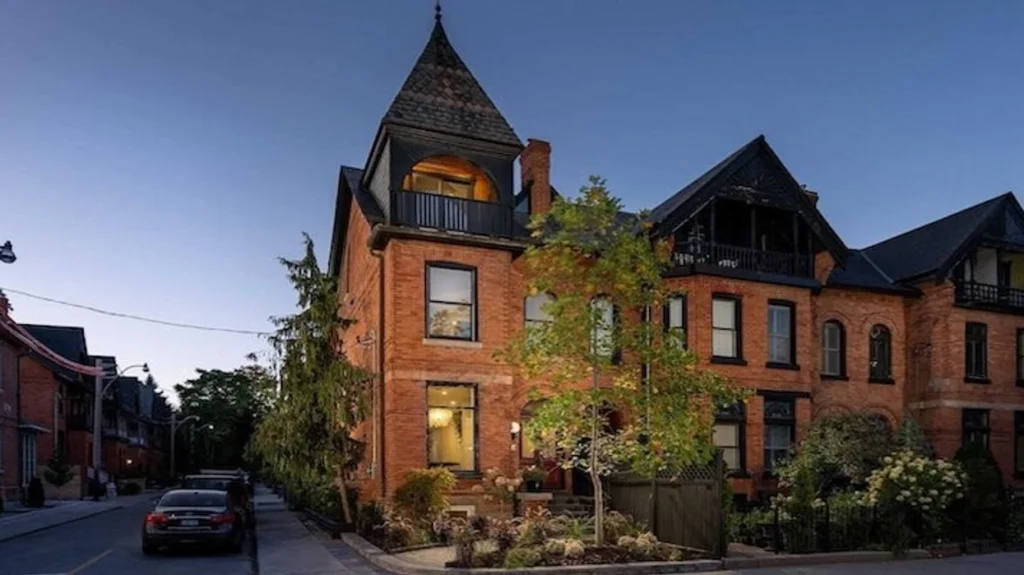
Victorian homes can be found across Toronto, with certain neighborhoods especially renowned for their architecture:
- Cabbagetown: Known for its Victorian cottages and rowhouses.
- The Annex: Featuring Queen Anne Revival and Edwardian styles.
- Rosedale: Home to Georgian and Edwardian architecture, often with sprawling gardens.
- Riverdale: A mix of Victorian and Edwardian homes with a close-knit community feel.
In the GTA, Markham, Vaughan, and Richmond Hill also have pockets of older homes, particularly in established neighborhoods.
Bringing New Life to Toronto’s Victorian Homes
Renovating a victorian home in Toronto is more than just a construction project; it’s about honoring the legacy and craftsmanship of the past while adapting to contemporary lifestyles. Whether you’re in Toronto, Markham, Mississauga, Scarborough, North York, or Vaughan, David Reno is dedicated to helping you navigate the complexities of historic home renovation with respect and precision.
With careful planning, expert craftsmanship, and attention to detail, you can transform your historic home into a functional, beautiful space that reflects both its original charm and your personal style. Reach out to David Reno today to start your journey toward a beautifully preserved yet modernized historic home in Toronto and the GTA.

